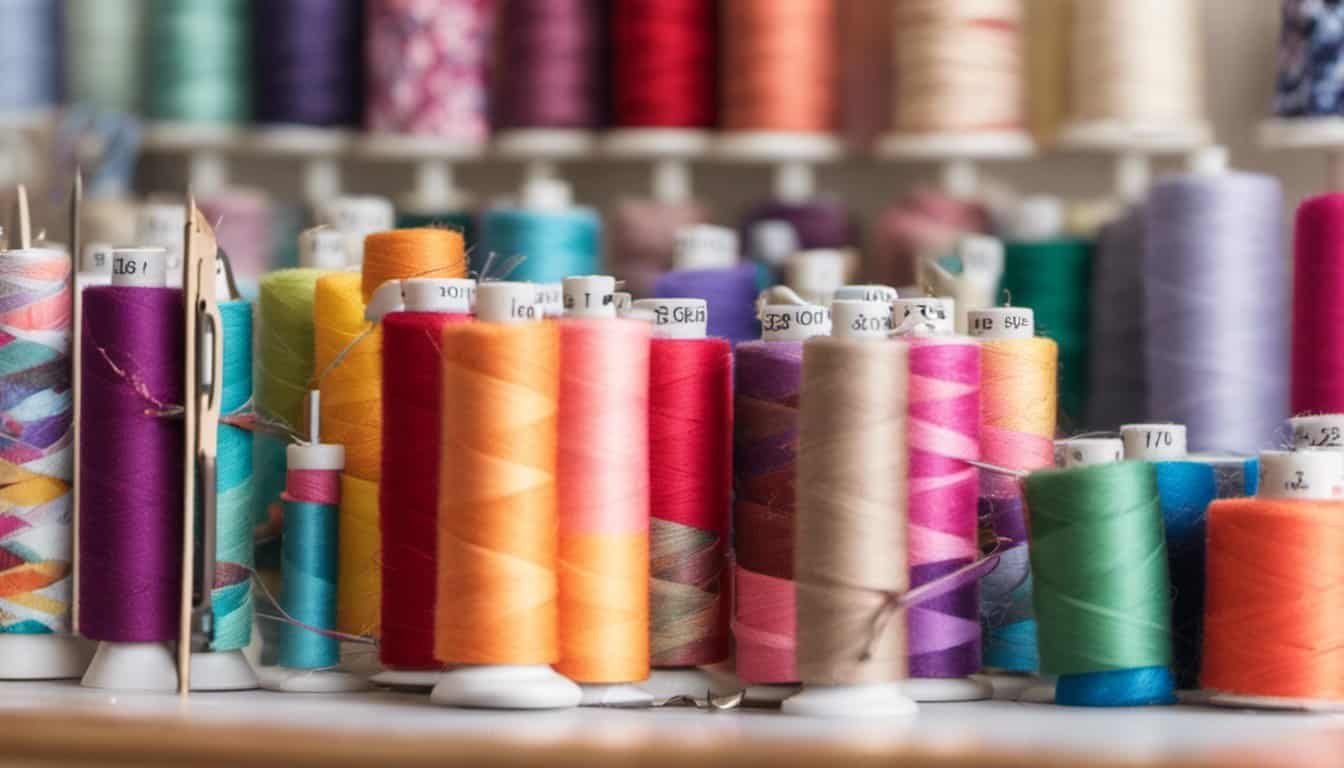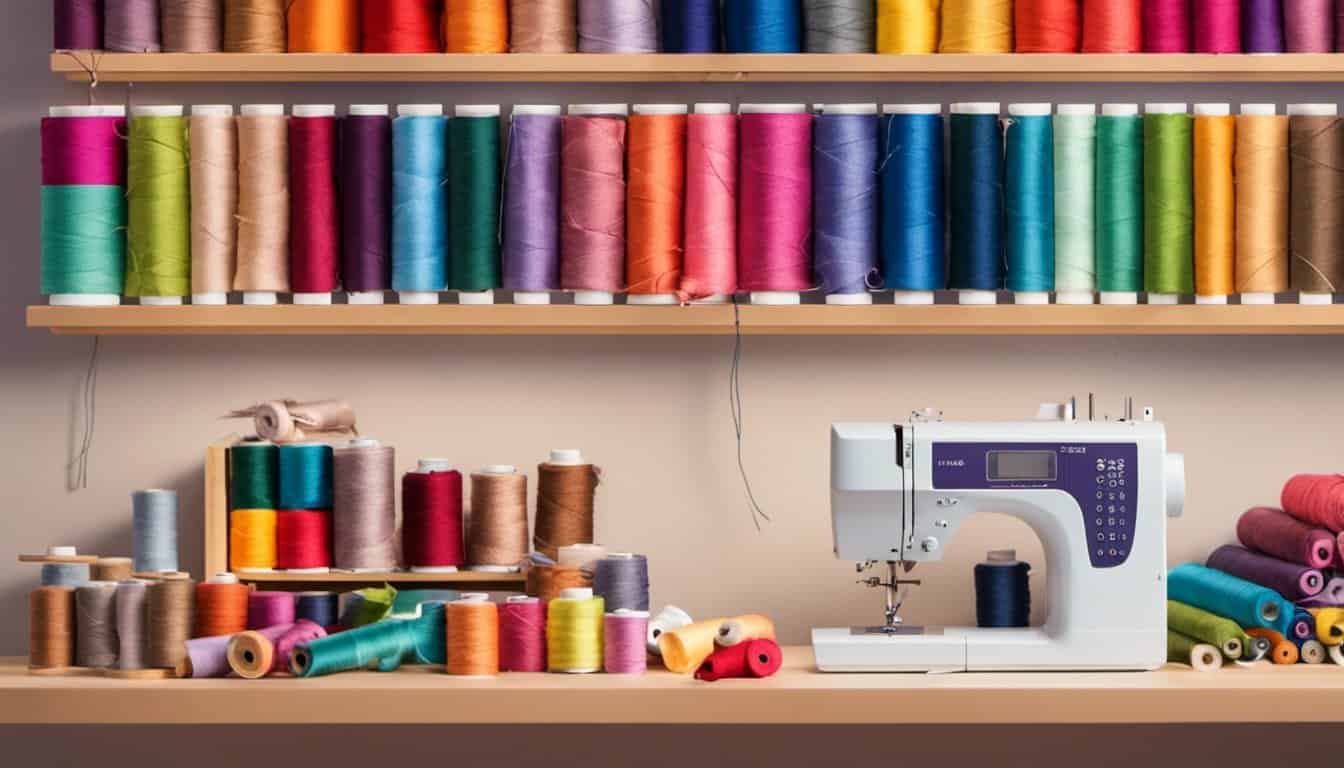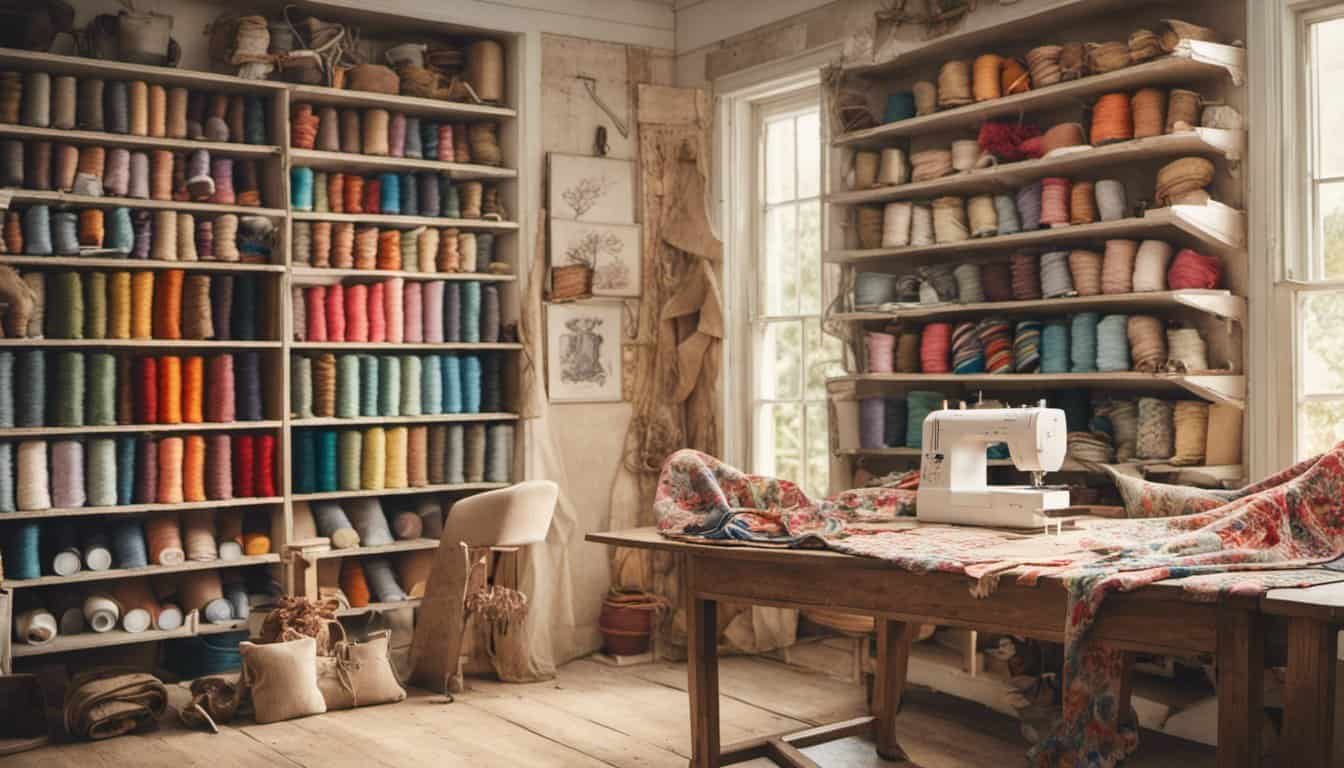Quilting is a wonderful way to unleash your creativity and craft something truly unique. Whether you’re dreaming of cozy blankets, stylish apparel, or stunning home decor, quilting offers endless possibilities to bring your ideas to life.
Starting from scratch might seem daunting, but you don’t need any prior experience to begin your quilting journey. With the right guidance and a few essential tools, you can quickly learn the basics and start creating beautiful pieces that you’ll be proud of.
In this guide, you’ll discover simple steps to get started, tips for choosing the right materials, and techniques that will help you build your skills. Embrace the process, enjoy each stitch, and watch as your confidence and creativity grow along with your quilting projects.
Understanding Quilting Basics
Grasping the fundamentals of quilting sets a strong foundation for your projects. This section covers the history of quilting and essential terminology you’ll encounter.
History of Quilting
Quilting dates back to ancient Egypt, where it served both practical and decorative purposes. During the Middle Ages, European artisans developed intricate patterns for quilts. In the 17th century, quilting became widespread in America, especially among settlers. The craft evolved over centuries, incorporating various cultural influences and techniques.
Quilting Terminology
Familiarizing yourself with quilting terms enhances your understanding and communication in the craft. Below is a table of essential quilting terminology:
| Term | Definition |
|---|---|
| Batting | The layer of insulating material between quilt top and backing. |
| Quilt Top | The decorative layer of a quilt, often made of multiple fabric pieces. |
| Backing | The fabric layer that covers the quilt’s backside. |
| Sashing | Strips of fabric separating blocks within a quilt design. |
| Appliqué | A technique where fabric shapes are sewn onto a background fabric. |
| Binding | The fabric strip used to finish the edges of a quilt. |
| Stitch in the Ditch | A method of quilting where stitches follow the seams between fabric pieces. |
Understanding these terms will help you navigate quilting projects and communicate more effectively with other quilters.
Gathering Your Quilting Supplies
A solid foundation requires the right materials and tools. Here’s what you need to get started with quilting.
Choosing Fabrics
Selecting the appropriate fabrics ensures durability and aesthetic appeal. Opt for cotton fabrics, as they offer ease of use and longevity. Look for quilting cotton with a high thread count, typically 200 or above, to reduce fraying. Choose versatile prints and solid colors to create balanced patterns. Consider pre-washed fabrics to prevent shrinkage after stitching.
Essential Tools
Having the right tools streamlines the quilting process.
- Rotary Cutter: Enables precise fabric cutting.
- Cutting Mat: Protects surfaces and ensures accurate measurements.
- Quilting Ruler: Provides straight and uniform cuts.
- Sewing Machine: Facilitates efficient stitching and seam creation.
- Needles: Select quilting needles for strength and flexibility.
- Pins and Clips: Secure fabric layers before sewing.
- Iron and Ironing Board: Press seams and fabrics for a crisp finish.
- Thread: Use high-quality cotton or polyester threads for durability.
Having these essentials prepares you for a smooth quilting experience and enhances the quality of your finished projects.
Learning Fundamental Quilting Techniques
Mastering fundamental quilting techniques lays the foundation for creating beautiful quilts. Understanding both hand and machine methods enhances your craftsmanship and expands your creative possibilities.
Hand Quilting Basics
Hand quilting offers precision and artistic freedom. Start by selecting the right needles and threads:
- Needles: Use quilting needles with a sharp point and appropriate size for your fabric.
- Threads: Opt for strong, durable threads in colors that complement your quilt design.
- Stabilizers: Apply stabilizers to prevent fabric shifting during stitching.
Practice basic stitches to build confidence:

- Running Stitch: Ideal for simple, straight lines.
- Backstitch: Provides strength for more durable seams.
- Satin Stitch: Perfect for decorative embellishments.
Machine Quilting Techniques
Machine quilting speeds up the process and allows for intricate patterns. Begin by setting up your sewing machine correctly:
- Needle Type: Use a quilting needle to handle multiple layers of fabric.
- Thread Tension: Adjust tension settings to ensure balanced stitches.
- Presser Foot: Select a walking foot or quilting foot to manage fabric movement.
Explore different machine quilting methods:
- Straight-Line Quilting: Offers a classic, clean look with parallel lines.
- Free-Motion Quilting: Enables creative, flowing designs by moving the fabric manually.
- Wave Quilting: Creates dynamic, undulating patterns for visual interest.
Utilize quilting guides and templates to maintain consistency and achieve professional results.
Starting Your First Quilting Project
Embarking on your first quilting project is exciting and rewarding. Follow these steps to ensure a smooth and enjoyable experience.
Planning Your Quilt Design
Begin by selecting a quilt pattern that matches your skill level. Choose designs with simple shapes and fewer blocks if you’re a beginner. Consider the size of your quilt; a standard lap quilt typically measures 50″x60″, while a bed quilt can range from 60″x80″ to larger sizes.
« How to Adjust a Too-Tight Garment: 7 Easy DIY Tips You Need to Try
10 Genius Ways to Create a Minimalist Wardrobe with Sewing You Need to Try »
Select fabrics that complement each other. Opt for durable cottons with at least a 120-thread count for longevity. Mix solid colors with printed patterns to create visual interest. Ensure all fabrics are pre-washed to prevent shrinkage after quilting.
Create a color scheme to maintain consistency. Use a color wheel to choose harmonious colors, such as complementary or analogous palettes. Limit your palette to 3-5 colors to keep the design cohesive.
Measure and calculate fabric requirements accurately. Use a quilting calculator to determine the amount of fabric needed for each section of your quilt. This precision helps minimize waste and ensures you have enough material to complete your project.
Step-by-Step Construction
- Cutting Your Fabric:
- Measure and cut fabric pieces according to your pattern specifications. Use a rotary cutter and a quilting ruler for precise edges.
- Assembling the Quilt Top:
- Arrange your cut pieces in the desired pattern. Sew the pieces together using a 1/4″ seam allowance, pressing seams open or to one side as recommended by your pattern.
- Adding the Batting and Backing:
- Lay the backing fabric right side down, place the batting on top, and then the quilt top right side up. Ensure all layers are smooth and free of wrinkles.
- Basting the Layers Together:
- Temporarily secure the layers using safety pins or a basting spray. Start from the center and work outward to prevent shifting.
- Quilting the Layers:
- Use your chosen quilting method—hand or machine quilting. Follow your design lines, stitching evenly to secure the layers together.
- Binding the Quilt:
- Trim any excess batting and backing. Prepare the binding strips, fold them in half lengthwise, and attach them to the quilt edges using a 1/4″ seam allowance. Fold the binding over to the back and hand-stitch it in place for a finished look.
- Final Touches:
- Inspect your quilt for any loose threads or imperfections. Press the quilt with an iron to smooth out any remaining wrinkles and ensure a polished appearance.
By following these steps, you’ll create a beautiful quilt that showcases your skills and creativity.
Finding Resources and Community Support
Accessing the right resources and connecting with others enhances your quilting journey. Explore various options to learn and grow within the quilting community.

Online Tutorials and Classes
Online tutorials and classes offer flexible learning tailored to your schedule. Platforms like YouTube provide free video guides covering basic to advanced techniques. Websites such as Craftsy and Udemy host comprehensive courses led by experienced quilters. Additionally, many quilting organizations offer webinars and virtual workshops, allowing you to learn at your own pace. Utilize these resources to build your skills and stay updated with the latest quilting trends.
Joining Quilting Groups
Joining quilting groups fosters a supportive environment and inspires creativity. Local community centers and fabric stores often host quilting clubs where you can share projects and tips. Online forums and social media groups, like those on Facebook and Reddit, connect you with quilters worldwide, offering advice and encouragement. Participating in these communities provides opportunities for collaboration, feedback, and lasting friendships, enhancing your quilting experience.
Conclusion
Embarking on your quilting journey is exciting and rewarding. You’ll find joy in every stitch and pride in each finished piece. Remember to take your time and enjoy the creative process.
As you continue learning and practicing your skills will grow and your confidence will shine. Embrace the support from the quilting community and let your unique style flourish. Happy quilting!


















